In the sprawling fields of agriculture, where each crop tells a tale of soil, climate, and human endeavor, saffron stands as a testament to the artistry of cultivation. Originating from the Crocus sativus flower, saffron is the world’s most expensive spice, celebrated for its vibrant color, unique flavor, and historical significance. This essay explores the countries that have carved their mark in saffron cultivation, unraveling the threads that connect the earth to this coveted golden harvest.
- Iran: The Pinnacle of Saffron Production
At the pinnacle of saffron cultivation stands Iran, often regarded as the global leader in saffron production. The arid climate and well-drained soils of Iran’s Khorasan Province create an ideal environment for the Crocus sativus flower. Iranian saffron, known for its deep red color and strong flavor, contributes significantly to the global saffron market. The city of Mashhad, with its rich agricultural heritage, has become synonymous with high-quality Iranian saffron, exporting its bounty to various corners of the world.
- India: A Tapestry of Saffron in the Himalayas
While India is not traditionally associated with saffron cultivation on a large scale, the region of Kashmir has emerged as a significant contributor. The high-altitude valleys of Kashmir provide a unique microclimate conducive to saffron production. Pampore, known as the “Saffron Town,” in the Kashmir Valley, is famed for its saffron fields, where the delicate flowers are carefully harvested by skilled hands. Indian saffron, with its distinctive aroma and flavor, has become a symbol of the region’s rich agricultural heritage.
- Spain: European Elegance in Saffron Farming
In the heart of Europe, Spain has cultivated a niche for itself in saffron production. The La Mancha region, with its continental climate and well-drained soils, provides an ideal habitat for saffron cultivation. Spanish saffron, often labeled as “Coupe,” is renowned for its quality and is protected by a Designation of Origin (DO) status. The cultivation process in Spain, marked by traditional techniques and modern innovations, reflects the country’s commitment to preserving the integrity of this precious spice.
- Greece: A Mediterranean Haven for Saffron
Embraced by the warm embrace of the Mediterranean climate, Greece has etched its name in the history of saffron cultivation. The region of Kozani, situated in northern Greece, has been cultivating saffron for centuries. Greek saffron, known for its bright red threads and distinct aroma, adds a touch of Mediterranean elegance to culinary creations. The cultivation practices in Greece blend tradition with innovation, ensuring a steady supply of high-quality saffron to international markets.
As the golden threads of saffron weave through the landscapes of Iran, India, Spain, Greece, and beyond, each country adds its unique hue to the rich tapestry of global saffron cultivation. From the sun-soaked fields of Spain to the high-altitude terrains of Kashmir, these nations exemplify the delicate balance of nature, human skill, and cultural heritage required to nurture the world’s most precious spice. Saffron sovereignty, therefore, extends far beyond individual borders, connecting countries in a shared endeavor to cultivate the golden harvest that graces tables, kitchens, and cultures worldwide.
Saffron Sovereignty: Nations Cultivating the Golden Harvest
In the realm of spices, saffron stands as an exquisite treasure, coveted for its vibrant hue, unique flavor, and rich cultural history. The cultivation of saffron is an intricate art, and several nations have emerged as key players in this golden harvest. This article explores the concept of “Saffron Sovereignty,” shedding light on the nations that have mastered the cultivation of this precious spice and examining the cultural and economic significance that saffron brings to these regions.
At the forefront of saffron cultivation, Iran reigns as a sovereign force. The vast expanses of the Khorasan Province provide an ideal habitat for the delicate Crocus sativus flower. Iranian saffron, with its deep red threads and robust aroma, is synonymous with quality and authenticity. The city of Mashhad, nestled in the heart of saffron cultivation, serves as a beacon of expertise, exporting this crimson gold to various corners of the globe.
In the northern reaches of India lies the picturesque Kashmir Valley, where saffron cultivation has become a symphony of color and fragrance. Pampore, often referred to as the “Saffron Town,” embraces saffron cultivation as part of its cultural heritage. The high-altitude fields, surrounded by snow-capped mountains, provide a unique terroir for saffron, creating threads that are not only visually captivating but also infused with the essence of the Himalayas.
Spain, particularly the La Mancha region, has carved its own niche in the saffron domain. Spanish saffron, labeled as “Coupe,” boasts a prestigious Designation of Origin (DO) status. The continental climate and well-drained soils of La Mancha contribute to the spice’s quality and distinct flavor profile. Spain’s saffron sovereignty is not only a testament to agricultural prowess but also an affirmation of European elegance in the world of spices.
Nestled within the embrace of the Mediterranean climate, Greece, and specifically the region of Kozani, has etched its name in saffron history. Greek saffron, celebrated for its vivid red threads and unique aroma, is a testament to the region’s agricultural legacy. The saffron fields of Kozani, surrounded by olive groves and vineyards, create a picturesque landscape where the cultivation of saffron becomes a harmonious dance with nature.
The cultivation of saffron goes beyond its agricultural significance; it plays a crucial role in the economies and cultures of these nations. Saffron cultivation supports local communities, providing livelihoods to skilled farmers and workers involved in the harvesting and processing stages. Moreover, saffron is deeply embedded in the culinary traditions of these regions, enriching local cuisines and becoming a symbol of cultural identity.
While these nations enjoy saffron sovereignty, they face challenges such as climate change, counterfeit saffron flooding the market, and fluctuating global prices. Sustainable practices and responsible cultivation are becoming increasingly important to ensure the longevity of saffron cultivation and to preserve the unique terroirs that contribute to the spice’s exceptional quality.
“Saffron Sovereignty: Nations Cultivating the Golden Harvest” encapsulates the essence of a spice that transcends borders and cultures. As these nations continue to cultivate saffron with dedication and expertise, they not only contribute to the global saffron market but also uphold a tradition that has woven itself into the fabric of their identities. Saffron sovereignty, therefore, stands not just as an agricultural feat but as a testament to the enduring connection between humanity and the threads of gold that grace our tables, kitchens, and cultural rituals.
Golden Harvest Dominion: Iran’s Pinnacle as the Largest Global Saffron Cultivator
In the realm of spices, saffron stands tall as the crown jewel, a fragrant and vibrant testament to nature’s bounty. Among the nations that have mastered the art of saffron cultivation, Iran reigns supreme as the largest global saffron cultivator. This essay delves into the nuances of Iran’s saffron dominance, exploring the historical roots, cultivation practices, and the economic and cultural significance that position the nation at the pinnacle of the saffron industry.
The story of saffron in Iran unfolds like a rich tapestry, woven through the annals of history. Dating back to ancient times, saffron has been an integral part of Persian culture, with its use documented in culinary, medicinal, and even ritualistic contexts. Iran’s affinity for saffron laid the groundwork for its dominance in the global saffron market, where the spice became not only a commodity but a symbol of the nation’s cultural heritage.
Iran’s diverse and favorable climatic conditions play a pivotal role in its saffron dominance. The arid landscapes of the Khorasan Province, particularly in regions like Mashhad, create an environment conducive to saffron cultivation. The cold winters induce dormancy in the saffron corms, while the warm, dry summers provide the ideal setting for the flowering and harvesting phases. This delicate balance of climate is a key factor in the superior quality of Iranian saffron.
The cultivation of saffron in Iran is an art passed down through generations. Farmers employ traditional methods, carefully tending to the delicate flowers with a deep understanding of the plant’s requirements. The process involves the careful planting of corms, meticulous harvesting of the crimson threads, and the subsequent drying process to preserve the spice’s flavor and color. These time-honored practices, combined with modern agricultural innovations, contribute to Iran’s unmatched saffron production.
Iran’s position as the largest global saffron cultivator translates into significant economic impact. Saffron cultivation supports livelihoods across the country, from skilled farmers to those involved in the harvesting and processing stages. The saffron industry has become a crucial contributor to Iran’s agricultural economy, with the spice being a valuable export commodity. The economic benefits extend beyond the farm, influencing trade balances and contributing to the nation’s overall prosperity.
Beyond its economic importance, saffron holds a profound cultural significance in Iran. The spice is woven into the fabric of Persian cuisine, adding its distinct aroma and color to a myriad of dishes. Saffron is also a symbol of hospitality, often used in traditional Iranian hospitality rituals. Its presence in various aspects of daily life underscores the cultural pride and connection Iranians have with this precious spice.
While Iran’s saffron dominance is indisputable, the industry faces challenges such as counterfeit saffron flooding the market and fluctuating global prices. However, Iran continues to adapt, exploring new markets and modernizing cultivation and processing methods to maintain its preeminence in the saffron domain.
In the grand tapestry of saffron cultivation, Iran’s role is akin to that of a master artisan, skillfully crafting the threads of gold that have come to symbolize the world’s most precious spice. With historical roots deeply embedded in Persian culture, favorable climatic conditions, meticulous cultivation practices, and a significant economic and cultural impact, Iran’s saffron dominance is a testament to the nation’s enduring connection with this golden harvest. As the largest global saffron cultivator, Iran not only contributes to the spice’s worldwide allure but also stands as a guardian of the legacy and artistry that defines saffron cultivation.
Cultivating Saffron: The Pivotal Role of Climate in Golden Harvests
- Temperature:
– Saffron plants thrive in climates with cold winters and warm, dry summers.
– The ideal temperature range for saffron cultivation is around 15 to 20 degrees Celsius (59 to 68 degrees Fahrenheit) during the growing season.
- Seasonal Variation:
– Saffron requires distinct seasons, with cold winters to facilitate the dormancy period and warm, dry conditions during the growing season.
- Rainfall:
– Saffron prefers dry conditions during its growing period, particularly during flowering and corm development.
– Excessive rainfall or high humidity can be detrimental to saffron cultivation, leading to diseases and reduced flower quality.
- Altitude:
– Saffron is often cultivated at moderate to high altitudes, where the climate supports the plant’s growth cycle.
– Altitudes between 800 to 1,200 meters (2,600 to 3,900 feet) are generally considered suitable for saffron cultivation.
- Sunlight:
– Saffron plants require plenty of sunlight for optimal growth and flowering.
– Full sun exposure during the growing season is essential for robust saffron production.
- Soil Drainage:
– Well-drained soil is crucial for saffron cultivation. The corms are susceptible to rot in waterlogged conditions.
– Sandy or loamy soils with good drainage properties are ideal for saffron cultivation.
- pH Level:
– Saffron prefers slightly acidic to neutral soils. A pH range of 6.0 to 7.0 is considered suitable for saffron cultivation.
- Dormancy Period:
– Cold winters are essential for the dormancy period, during which the saffron corms rest.
– The cold period allows the plant to store energy and prepares it for the subsequent growing season.
- Frost Tolerance:
– Saffron plants are generally tolerant of frost during their dormant phase, but freezing temperatures during the flowering period can damage the delicate flowers.
- Microclimate Considerations:
– Local microclimates, influenced by factors such as topography and proximity to bodies of water, can impact saffron cultivation.
Saffron cultivation is a delicate process that requires a careful balance of these climatic factors to ensure optimal growth and yield. The specific climate conditions contribute to the unique flavor, aroma, and vibrant color of the saffron threads.

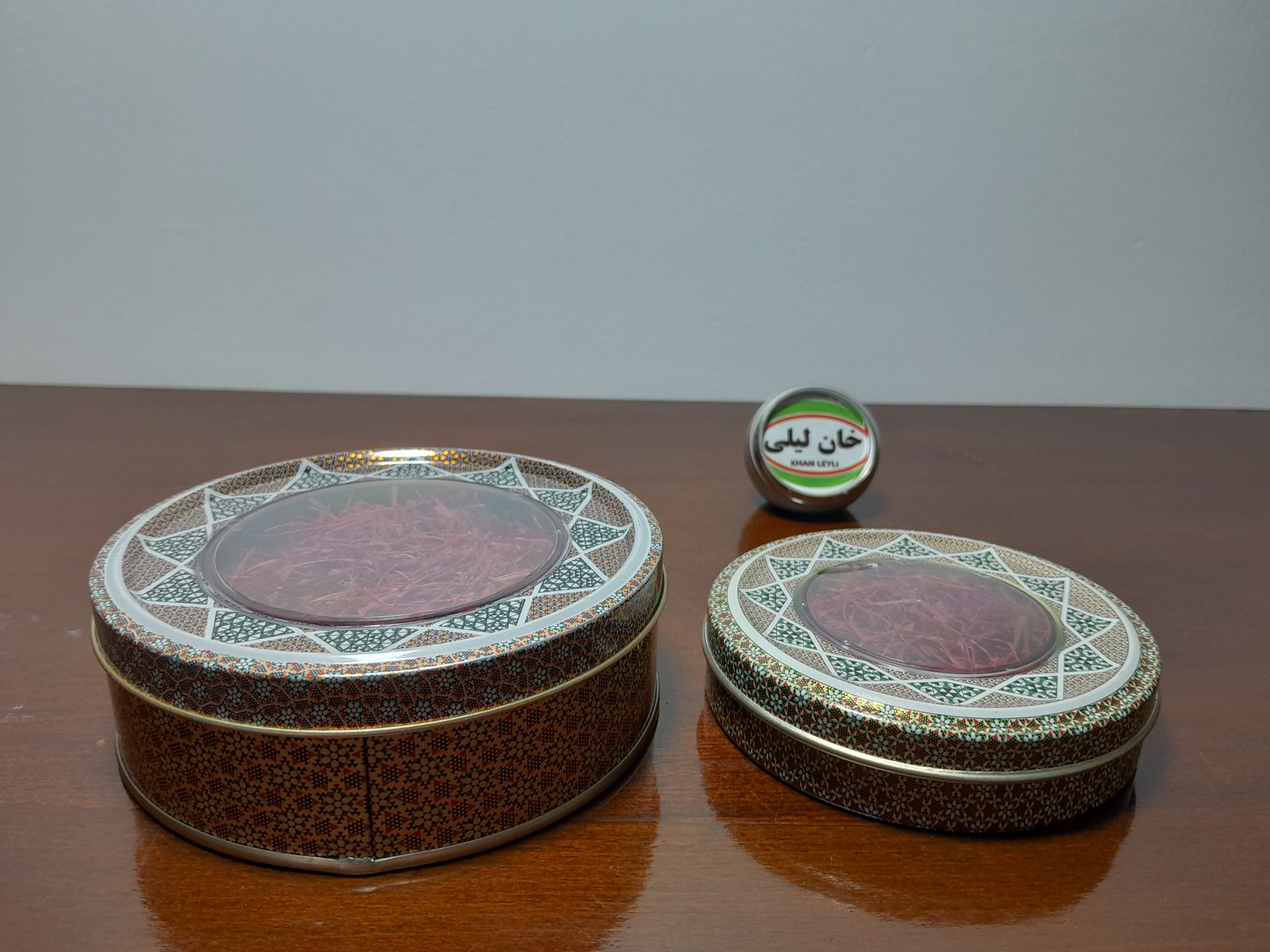
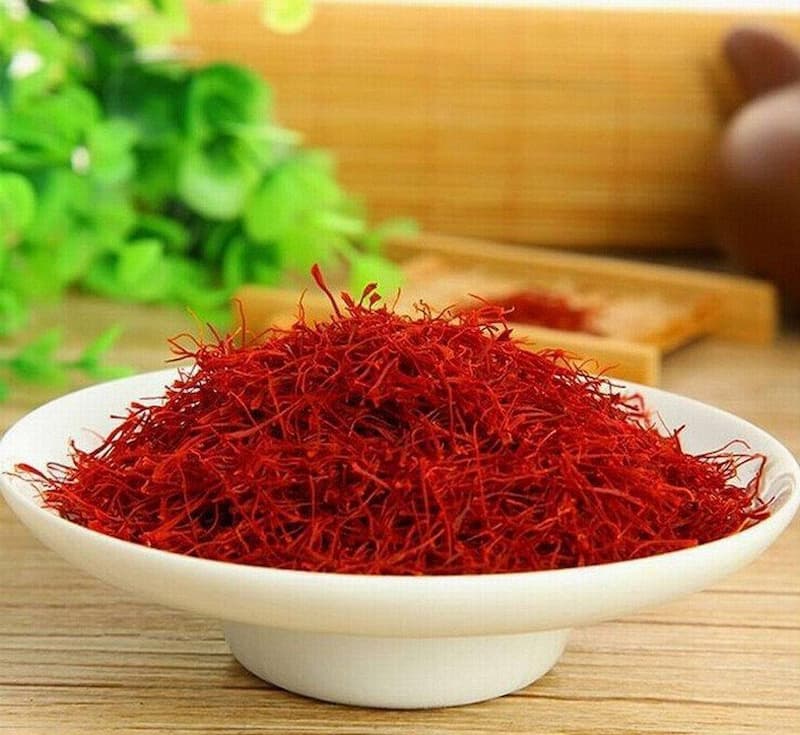
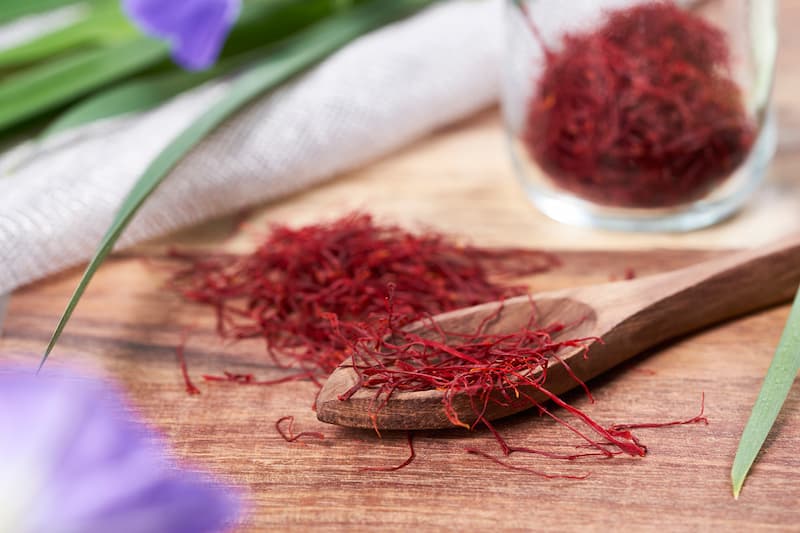
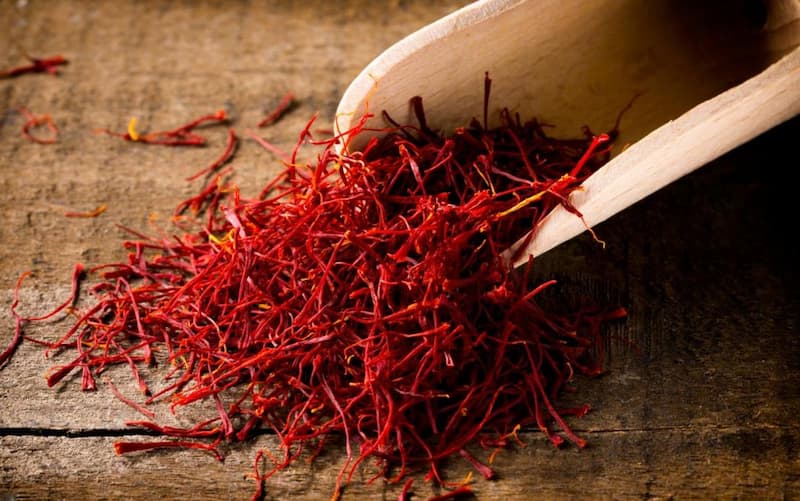
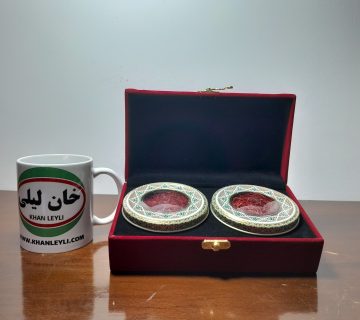
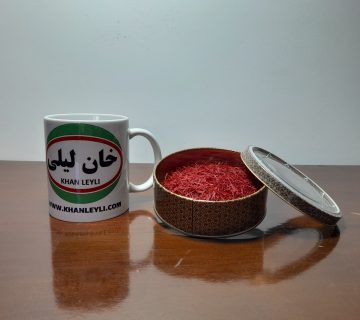
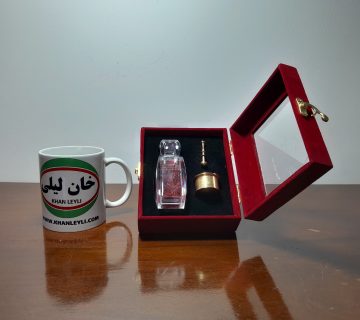
No comment